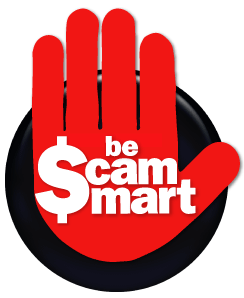]]>
The crime of currency counterfeiting is once again on the rise and poses a potential serious threat not only to the nation’s economy but world economy as well. For anybody who handles money in any way shape or form and who doesn’t? — becoming more familiar with currency, especially the new U.S. paper currency, can save a lot of financial loss and heartache. And there are some handy, inexpensive items on the market to help determine both fake and genuine bills.
The famous United States Secret Service is the entity charged with pursuing cases involving the counterfeiting of U.S. “obligations and securities”, which include U.S. currency (paper money and coins), U.S. Treasury checks, Department of Agriculture food coupons and U.S. postage stamps. The Secret Service works with state, local and sometimes even foreign law enforcement agencies to pursue phony moneymakers and has set up a very informative website with sections called How to Detect Counterfeit Money and Know Your Money to offer advice on how to guard against forgery losses. In the meantime, here are some pointers for spotting fakes in the newer paper currency:
U.S. bills always feature a picture of someone, typically a long dead president, although not always. (Think of Benjamin Franklin on the $100 bill.) When held up to the light, most real money displays a “ghost” image of the president or politician featured on the bill. All U.S. paper money has a unique serial number. These serial numbers should be evenly spaced and printed in the same ink color as the Treasury Seal. And real money also features the signature of someone from the treasury department. A big red flag to detecting a counterfeit note is if it’s missing the distinctive red and blue threads which the US Treasury puts in the paper. If you suspect a bill is counterfeit, compare it with a real bill for specific evidence of counterfeiting.
A terrific and easy to use gadget is the counterfeit banknote detection marker, which is available to the public for about five dollars. These markers or pens contain an iodine-based ink and can be used to detect counterfeit Swiss, Euro and U.S banknotes, among others. Genuine banknotes are usually printed on paper based on cotton fibers and don’t contain the starches that react with iodine. As we’ve all seen at the bank or grocery store, when the pen is used to mark genuine bills, the mark is yellowish or clear.
To find out about other anti-counterfeiting features, cool new U.S. currency designs, and just plain fun money facts, visit the website of the U.S. Bureau of Engraving and Printing. Or see the web page of the Treasury Department’s Financial Crimes Enforcement Network for more information on fighting other financial crimes, including terrorism financing and money laundering.







